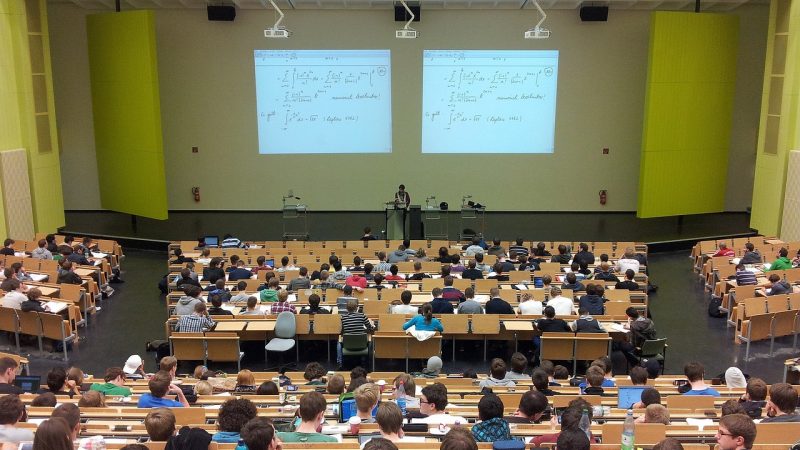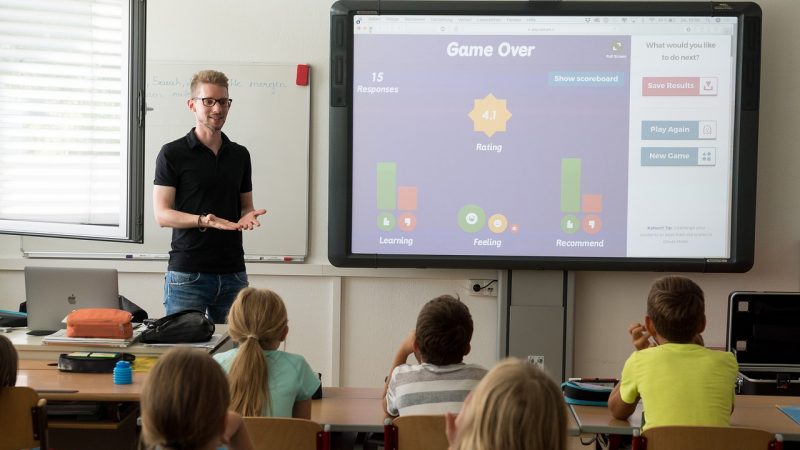Online courses rely heavily on high-quality visual media to engage learners. Videos and photos bring remote course content to life through compelling presentations. With effective planning and execution, instructors can produce video lectures and images that maximize impact and enhance the online learning experience. This comprehensive guide provides tips for creating professional-level media for online course integration.
Planning Filming Strategies
– Script lectures to ensure logical flow and concise explanations within time limits. Time scripts to fit content into 5-10 minute segments for optimal engagement.
– Storyboard visual elements like slides, on-screen text, and embedded clips. Plan dynamic transitions and effects to maintain interest.
– Select locations conducive to focused filming like home offices, classrooms, or indoor/outdoor public spaces. Scout and secure permits for public filming if required.
– Schedule filming when disruptions are minimal. Batch record segments efficiently by location when possible.
Technical Equipment Essentials
– Use HD cameras or smartphones with 4K video capability, mounted stabilizers, and external mics for high audiovisual quality.
– Light subjects evenly using soft box lights, reflectors, and natural light. Avoid harsh shadows or excessive backlighting.
– Provide lavalier or shotgun mics for clear voice pickup and to reduce ambient noise. Ensure mics are positioned correctly.
– Use backdrops and props to build professional context like desks, bookshelves, presentation slides, or location images.
Maximizing On-Camera Presence
– Dress professionally in solid, non-distracting colors suited to your brand and audience. Avoid noisy jewelry or accessories.
– Look into the camera lens while speaking to connect visually with viewers. Maintain good posture and energy.
– Limit distracting mannerisms like fidgeting. Pause between statements for seamless editing flow.
– Match energy levels and tone to the topic and learner profile for relatable delivery.
Post-Production Techniques
– Import footage and sync sound to video tracks. Ensure steady camerawork and crisp audio throughout.
– Trim segments removing mistakes and excess content between points.
– Adjust color grading and temperature for a polished, cohesive look across lectures.
– Balance and normalize sound levels consistently across videos. Add intro/outro music beds.
– Insert title screens, lower thirds, transitions and effects. Embed supplementary footage like slides, code windows or animations.
Uploading Videos to Online Platforms
– Export final videos in high resolution MP4 format for web optimization.
– Upload to platforms like YouTube or a learning management system providing private access for students.
– Include video descriptions and metadata detailing lecture contents, course and copyright info.
– Hyperlink to video segments from the course homepage, unit pages and related course components.
Planning Effective Photography
– Conceptualize shots that provide vital visual context for course topics and materials.
– Sort shots into categories like student perspectives, educator portraits, learning activities, facilities, nature scenes, graphics, quotes etc.
– Select varied viewpoints and framing like wide angles, close-ups, high/low angles and drone perspectives.
– Note ideal locations, models, outfits, styles and props suited to each category of image.
Photography Shooting Techniques
– Use DSLR cameras in manual mode allowing control over focus, lighting and other settings.
– Frame subjects following the rule of thirds for appealing asymmetry and negative space.
– Adjust ISO for lighting conditions. Use faster shutter speeds to freeze motion.
– Employ reflectors and diffusers to soften sunlight and fill in facial shadows.
– Take multiple shots focused at different points for editing selection options.
Photo Editing and Enhancement
– Review and organize photos based on image quality, lighting, framing, focus and conceptual fit.
– Perform color correction adjustments like brightness, contrast, saturation and temperature to create tonal harmony.
– Apply filters selectively to accentuate style from warm vintage to punchy HDR effects.
– Remove imperfections and distractions in the background using cloning and healing tools.
– Add text overlays like inspirational quotes to reinforce concepts.
Preparing Images for Online Use
– Export final images at high resolution in JPG/PNG format for web display while retaining print quality options.
– Optimize photos to reduce file sizes using tools like TinyPNG without compromising visual fidelity.
– Upload images into course materials like slides, handouts, quiz graphics. Provide downloadable galleries of high-res photo assets.
– Embed images in course text pages and style appropriately with borders, spacing and captions.
With planning, preparation and post-production polish, instructors can produce high-impact media themselves for online learning environments without requiring extensive technical expertise. Investing in multimedia creation elevates course quality and learner engagement. Visually engaging materials also aid retention of concepts. For newer educators, collaborating with experienced videographers and photographers provides mentoring opportunities. By integrating compelling custom visual content, instructors can craft immersive online course experiences that maximize student learning.










